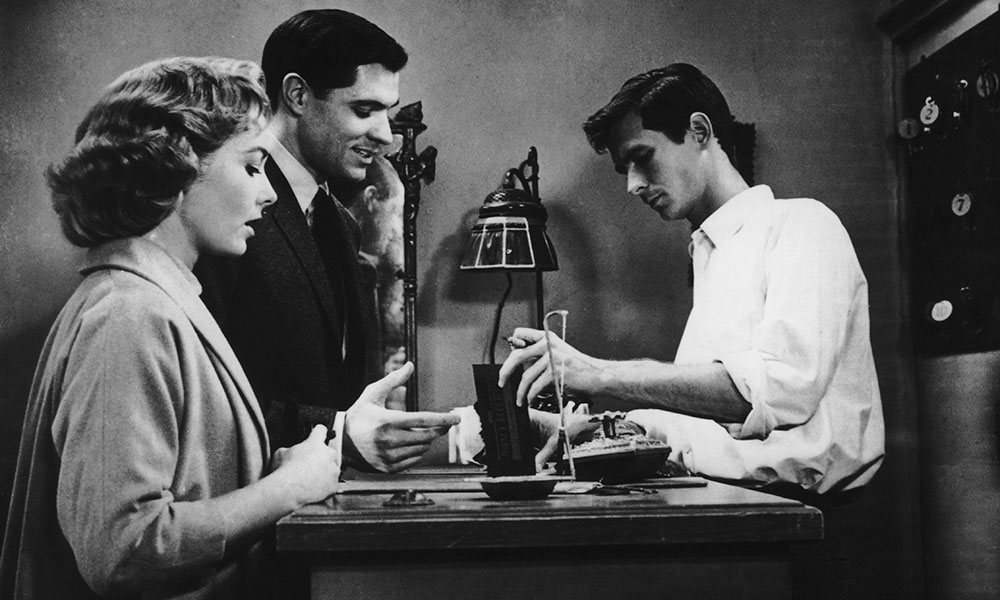What forms can families take? Can a family be effective only if it consists of a biological pairing of a man and a woman who produce their own offspring? Or can other combinations — two women or two men raising children, or couples with adopted children — be just as loving and supportive?
In his early 19th-century literary works, Johann Goethe pointedly raises such questions — still debated today — and concludes that what really matters is not the gender of spouses and partners, or the lineage of their children, writes Susan Gustafson, the Karl F. and Bertha A. Fuchs Professor of German Studies, in her recently published book, Goethe’s Families of the Heart (Bloomsbury Academic).
What really matters to Goethe and his protagonists are the “elective affinities” of heart and soul that draw the members of a loving, supportive family together. “What Goethe is basically claiming,” Gustafson says, “is that the fundamental essence of family is love.”
Such notions were “cutting edge” in Goethe’s time, when German society revolved around aristocratic and bourgeois marriages, which were often suffocating, loveless relationships arranged for purely financial or social reasons.
And Goethe’s observations are relevant in our time, “resonating with modern ideas and theories and questions,” Gustafson notes. “Throughout his literary work, Goethe brings up issues that people still struggle with. And he’s basically saying all kinds of families are equal. He’s not saying one is better than the other. ”
Gustafson, who has been a faculty member here since 1987, has written two previous books on 18th- and 19th-century German literary works. She said she was inspired to write Goethe’s Families of the Heart because much of the recent scholarship on Goethe focuses only on the dysfunctional, broken families he portrays. “While it is true that his literary work abounds with images of characters who are estranged from their biological, nuclear, aristocratic, and economically driven families,” she writes in her introduction, “those who succeed in their flight from repressive families configure new relationships and strong families of the heart and soul.”
In Goethe’s Wilhelm Meister novels, for example, the protagonist is thwarted by his father and by economic circumstances in his desire to marry the woman he loves. He wanders the countryside, sometimes connecting with women, sometimes with men, in a series of fluid, nonexclusive relationships. At one point, while living with another man and three children — one of whom may or may not be his biological son — Wilhelm writes: “This is my wonderful family.”
In a series of stories within stories, Wilhelm describes the tragedies that result when families — obsessed with heritage, property, and economics — thwart young lovers, and condemn them to empty, arranged marriages. Wilhelm writes: “I should research, what holds noble souls, apart, should clear away obstacles of whatever kind they are.”
Goethe’s radical notions occasionally generated backlash — resulting, for example, in two versions of his play Stella.
The first version ends with two women and a man in a ménage a trois. One of the women convinces the man to have both of the women, so that she and the other woman can stay together (loving each other) behind the cloak of the ménage a trois. They ultimately vow to “share one house, one bed, one grave.”
This created such outrage that Goethe wrote a second version that still affirms and even strengthens the love relationship between the two women — but ends with the man shooting himself, one of the women poisoning herself, and both dying. “That made it okay (in society’s eyes),” Gustafson notes.
Her next project, in progress, is a translation of both versions of the Stella play that will retain important changes overlooked in a recent translation.
Reviewer Alice Kuzniar, professor of German and English at Waterloo University, notes that Gustafson has succeeded in showing how “Goethe consistently challenges bourgeois family norms of constancy and biological inheritance. His families are radical ones, composed of adoptive children and same-sex adult households. What is decisively unique about Goethe’s Families of the Heart is that it brings back love to the table. This is a courageous, life-affirming book that does not shy away from addressing the topics of commitment and the connections of the heart.”



